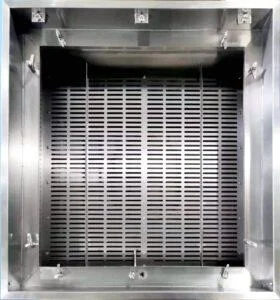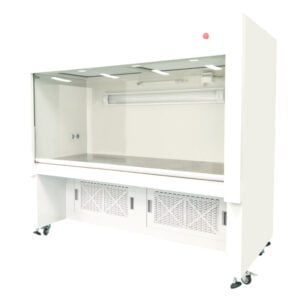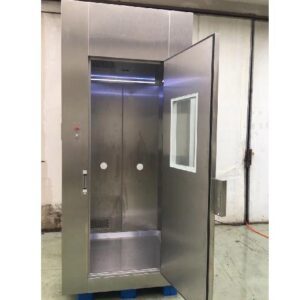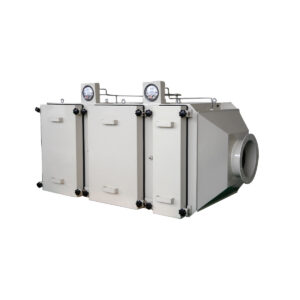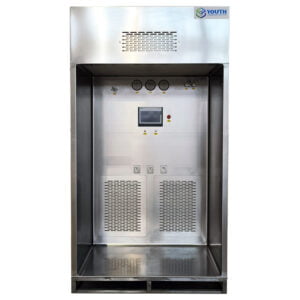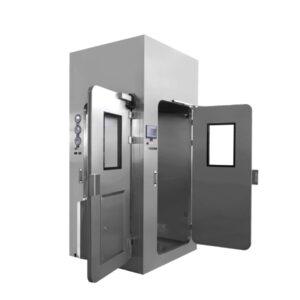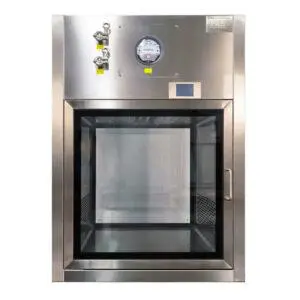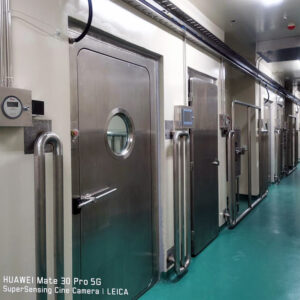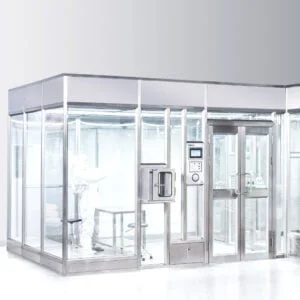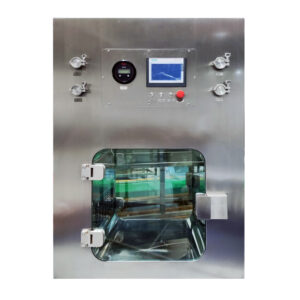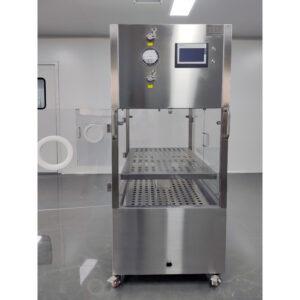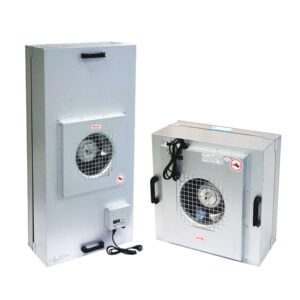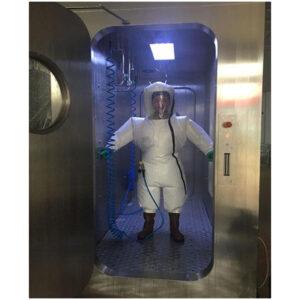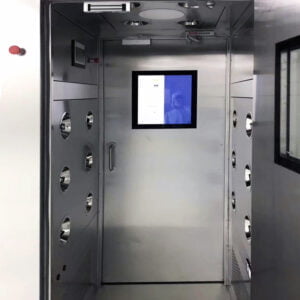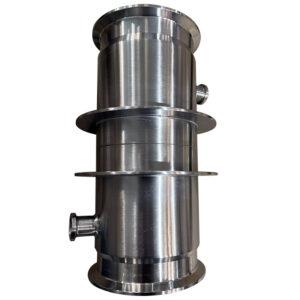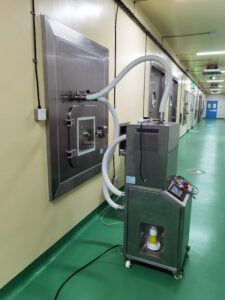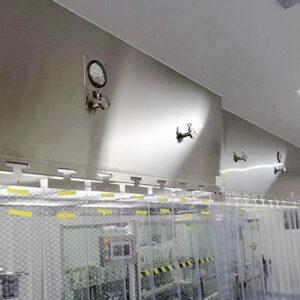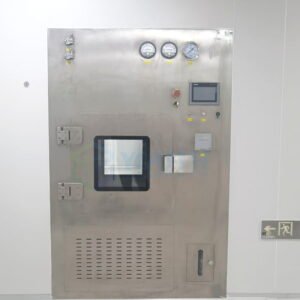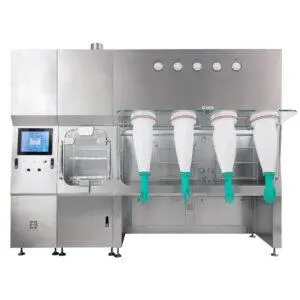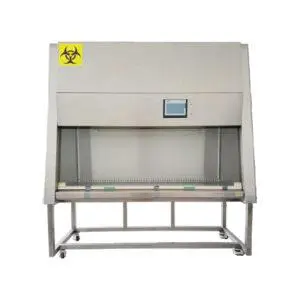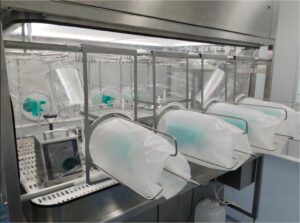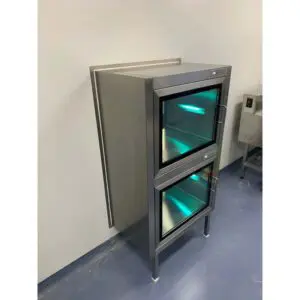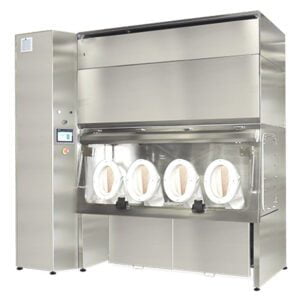In the forefront of environmental safety and contamination control, Bag-In-Bag-Out (BIBO) systems represent a significant leap forward. These innovative systems are not just a product of current demands for sterile environments but a testament to the evolving landscape of safety protocols in various industries. This article explores how BIBO systems have redefined contamination control and the impacts of their implementation.
The Genesis of BIBO Systems
At its core, the BIBO system is a specially designed containment method for the safe removal and replacement of filters used in air purification systems. Originating from the necessity to handle dangerous pathogens and toxic substances without exposure, BIBO systems incorporate sealed bags to encase filters, thus mitigating risks associated with traditional filter replacement procedures.
Technological Advancements
- Enhanced Safety Features: Modern BIBO systems are equipped with double or triple-sealed containment bags, ensuring absolute isolation of hazardous materials.
- Automation: Automation has been integrated into BIBO systems, allowing for remote operation. This reduces the need for direct human interaction with contaminated filters, further minimizing the risk of exposure.
- Material Innovations: Advances in materials technology have enabled the production of more durable and resistant bags, capable of containing a wide array of substances from biohazards to radioactive particles.
Impact on Various Industries
Healthcare
In hospitals and medical laboratories, where the control of airborne pathogens is crucial, BIBO systems have become a standard. They ensure that infectious agents are tightly contained, protecting both patients and healthcare workers.
Biopharmaceuticals
The biopharmaceutical industry relies on sterile conditions for the production of medications. BIBO systems facilitate this by ensuring that air handling units do not become contamination vectors during filter changes.
Nuclear Energy
Handling radioactive particles requires utmost caution. BIBO systems in nuclear facilities allow for the safe replacement of air filters, minimizing the risk of radioactive contamination.
Environmental Considerations
BIBO systems not only serve to protect human health but also contribute to environmental protection. By ensuring that hazardous materials are properly contained and disposed of, these systems prevent the release of dangerous substances into the ecosystem.
The Future of BIBO Systems
As we continue to face new environmental and health safety challenges, the capabilities of BIBO systems are constantly being expanded. Future innovations may include smarter sensor integration for predictive maintenance, enhanced filter materials for broader application, and even more streamlined operation protocols. The evolution of BIBO systems is a key component in the global effort to create safer and cleaner working environments across industries.
Conclusion
Bag-In-Bag-Out systems stand at the intersection of innovation and safety, offering a reliable solution to the age-old problem of contamination control. As these systems evolve, their role in ensuring the safety of workers and protection of environments from contamination will undoubtedly expand. The continued advancement of BIBO technology is poised to set new standards in air purity and safety across all sectors where contamination control is critical.
Related Contents:
- Bag-In/Bag-Out (BIBO) Systems: Operation and Maintenance Guide
- The Comprehensive Guide to Bag-in-Bag-Out (BIBO) HEPA Filter Replacement
- Understanding YOUTH’s Bag-In-Bag-Out (BIBO) Systems: Ensuring Safety and Clean Air
- The Ultimate Guide to YOUTH’s Bag-In-Bag-Out (BIBO) HEPA Filter Replacement
- Addressing FAQs About Bag-In-Bag-Out Filtration Systems
- The Ultimate Guide to YOUTH’s Bag-In-Bag-Out (BIBO) Systems: Ensuring Safety and Clean Air
- The Ultimate Guide to Innovative Bag-In-Bag-Out Technology
- Maximizing Safety with Bag-In-Bag-Out Filtration Systems
- Bag In, Bag Out Changeout Procedure for Safe Change Housings – YOUTH Air Tech


